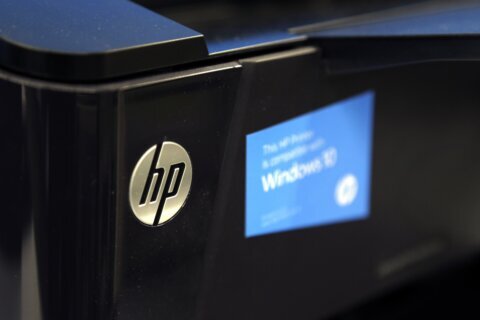
Q: I’ve been thinking about buying an all-in-one Windows computer. What should I know?
The success of Apple’s iMac computers, which incorporate all of the computer-processing components inside of the display, has led to a large number of Windows-based copycats. While this form factor is attractive, saves space on your desk and reduces the number of wires necessary to make things work, there are several downsides.
Less powerful
The very thing that makes these devices attractive is also what makes them a bad idea. In order to get everything to fit inside of these sleek displays, the manufacturers typically have to use less-powerful processors and graphics chips because of the heat they generate.
Heat dissipation is a major issue with any computer, but more so when there is little room for airflow.
They tend to have lower-powered chips used in laptops, and are slower than their desktop equivalents. You’ll end up with what’s essentially an over-sized laptop that isn’t nearly as portable and often not as powerful.
Anyone into gaming should absolutely steer clear of any all-in-one computer, as the graphics chipsets tend to be very low-end.
Expensive repairs
The single biggest reason to avoid this type of computer is the much-higher expense should you have to replace any of the major components.
In order to get everything to fit inside the small enclosures, the manufacturers have to create proprietary components. This means that when it comes time to repair the computer, there’s only one source for the replacement parts, which means much higher prices vs. standard components.
As an example, if something happens to your display, you’re most likely looking at a replacement cost that is so close to a new computer, that it won’t be cost-effective. With a standard computer that has a separate display, there are endless options for less than $100 if you need to replace the display.
Limited upgrades
Very little in all-in-one PCs can be upgraded — typically only the RAM and sometimes the hard drive — which means as soon as any component isn’t powerful enough for your needs, you’ll have to buy a whole new computer.
More expensive
With all of the listed limitations and downsides, the icing on the cake is that this type of computer is also more expensive than the alternatives.
Not only will you pay a substantial premium for the space savings, but also you will have less capacity, speed and storage.
Small alternatives to all-in-one computers
An obvious alternative is a laptop computer, but for those who desire a much larger display, there’s a less obvious option.
The folks at Intel created a really popular computer that fits in your hand called the NUC (Next Unit of Computing). It was originally designed as a processing package for digital signage, but it quickly grew popular with the hobbyists and eventually the average user.
At roughly 4.5 inches square and 1.5 inches tall, it might not look like much, but it’s a fully functional computer with fewer limitations and easily fits under your monitor. The cost of upgrading or repairing every part of the system is much more cost-effective than any all-in-one computer.
Ken Colburn is founder and CEO of Data Doctors Computer Services. Ask any tech question on Facebook or Twitter.








